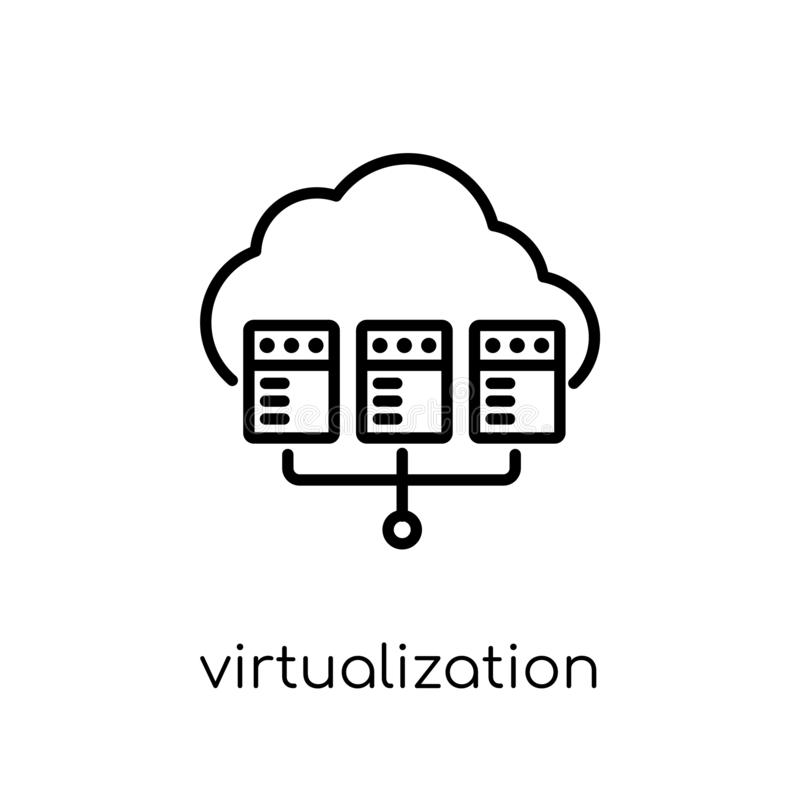Cloud computing is built on the virtualization technique, which makes it possible to use actual computer hardware more effectively. Through the use of software, virtualization can divide the hardware components of a single computer, such as its processors, memory, storage, and other components, into several virtual computers, also known as virtual machines (VMs). Despite only using a small percentage of the actual underlying computer hardware, each virtual machine (VM) runs its own operating system (OS) and functions like a separate computer. As a result, virtualization allows for a larger return on an organization’s hardware investment and more effective use of physical computer systems.
Today, enterprise IT architecture uses virtualization as a best practise. The economics of cloud computing are likewise based on this technology. Cloud users can buy only the computing resources they require at the time they require them, and they can scale those resources affordably as their workloads increase thanks to virtualization, which enables cloud providers to provide users with services using their existing physical computer hardware.
Benefits of virtualization includes easier management, faster provisioning, minimal downtime and resource efficiency, further There are numerous businesses that provide virtualization solutions for particular data centre duties or end-user-focused desktop virtualization scenarios. Some examples that are more well-known are VMware, which specialises in server, desktop, network, and storage virtualization; Citrix, which has a focus on application virtualization but also provides server virtualization and virtual desktop solutions; and Microsoft, whose Hyper-V virtualization solution comes pre-installed with Windows and concentrates on virtual versions of servers and desktop computers.
